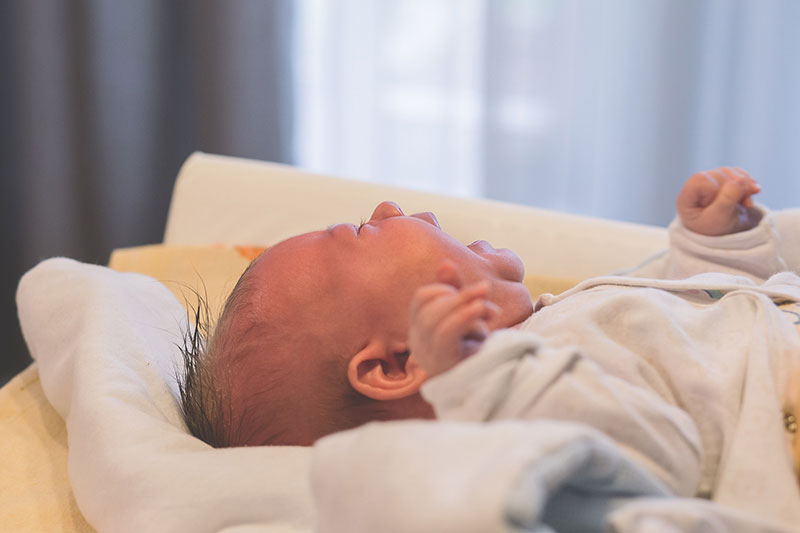
Characteristics of the cries of preterm infants may help predict their risk for long-term developmental and behavioral problems, suggests a study funded by the National Institutes of Health. The findings may lead to tools to identify babies at highest risk for such issues, aiding early treatment or prevention efforts.
The study of 363 preterm infants was funded by NIH’s Eunice Kennedy Shriver National Institute of Child Health and Human Development and led by Barry M. Lester, Ph.D., of the Women & Infants Hospital of Rhode Island in Providence. The results are published in JAMA Network Open.
Background
Scientific advances have greatly increased the survival of infants born before 30 weeks of pregnancy. However, these very preterm babies remain at high risk for delays in developing motor, cognitive, and language skills, as well as behavioral problems. The ability to detect those at highest risk for developmental and behavioral disorders would help guide work to identify appropriate early interventions.
Atypical newborn cries have been linked to severe medical conditions affecting the brain, raising the possibility that cry characteristics could serve as a measure of brain and nervous system health. However, most studies have examined a limited number of cry characteristics and have not assessed long-term health outcomes.
In the current study, researchers recorded the cries of preterm infants—born at an average of 27 weeks of pregnancy—during the week of their discharge from neonatal intensive care units at nine academic medical centers in the United States. They used artificial intelligence to analyze numerous acoustic features of the infants’ cries, from loudness and pitch to how sound is altered by constriction of the vocal tract. Around age two years, the study participants underwent testing to assess their developmental progress, and parents completed questionnaires assessing their children’s behavior and risk for autism spectrum disorder.
Results
The researchers’ computational analysis linked the acoustic characteristics of newborn cries to language and cognitive deficits, behavior problems, and a positive autism screen at age two years. A positive screen may indicate a higher risk for later developmental problems.
Significance
The work raises the possibility that infant cry analysis could be developed into a bedside screening tool to identify children at high risk for certain developmental and behavioral disorders. If validated in a larger study with a more diverse infant population, the findings may help identify strategies to mitigate the negative impacts of such disorders.
Reference
Manigault AW et al. Acoustic cry characteristics in preterm infants and developmental and behavioral outcomes at 2 years of age 

 BACK TO TOP
BACK TO TOP